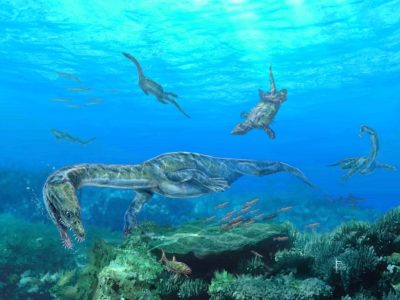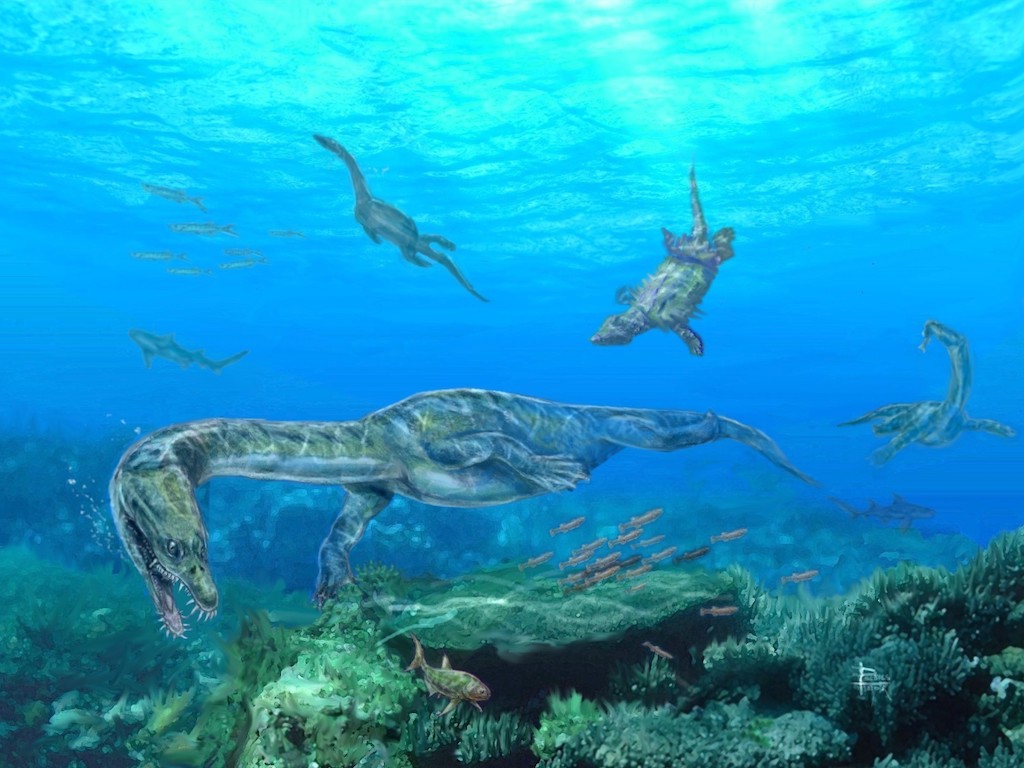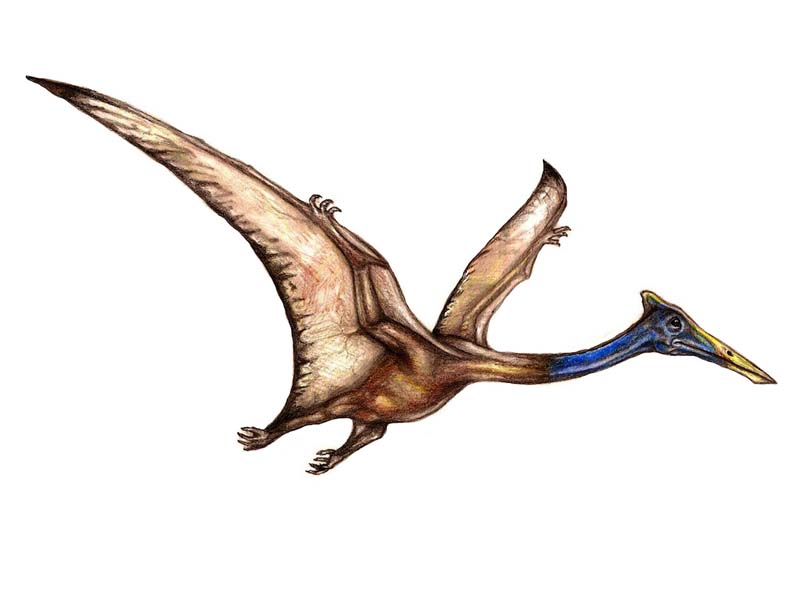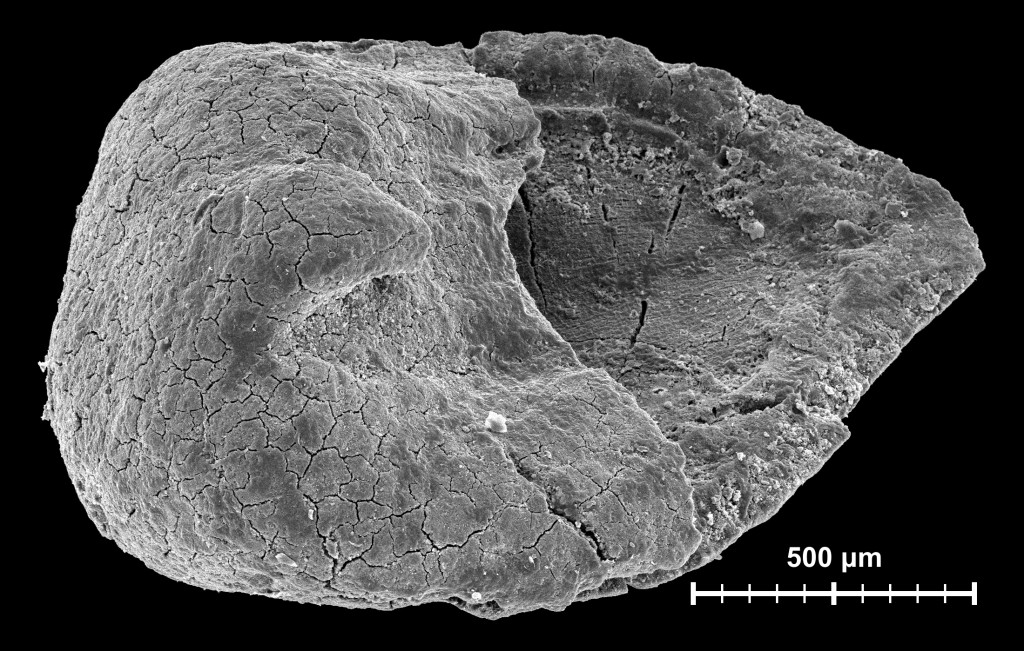
Fragmentary lizard fossils
Besides Bicuspidon, Distortodon, Pelsochamops, and Chromatogenys, other lizards were also identified in the Iharkút fossil material…

The rock layers of the Middle Triassic Templomhegy Dolomite Member on Somssich Hill (Villány) – which were deposited in a shallow marine environment – revealed numerous vertebrate fossils during the systematic fieldworks of previous years. Eosauropterygians are a significant part of this fossil material: they were a group of secondary aquatic reptiles, which represented one of the most important and diverse groups of the Triassic shallow marine communities. Our newest knowledge of these reptiles is based on the work of Martin Segesdi and Attila Ősi.
The fossil assemblage from Villány mostly contains isolated bones, but a partial skeleton of a small-sized eosauropterygian specimen is also known. Fragmentary skulls and mandibles prove the presence of the Nothosauridae family from the locality. Moreover, the found several vertebrae with highly elongated neural spines belong to the Nothosaurus genus and show many similarities with the vertebrae of Nothosaurus mirabilis. Additional vertebrae with more complex anatomy and other fragmentary remains refer to the presence of the Simosauridae family from the assemblage: these bones are most similar to Simosaurus gaillardoti. Based on these remains, several eosauropterygian marine reptile with different adult body sizes (from 1 to 3-4 m), and with different food preferences (specialized piscivores and generalists) inhabited the Villány area during the Middle Triassic. This faunal composition reminds the material of the Triassic localities of Germany and the Bihor mountains (Northwestern Romania).

Besides Bicuspidon, Distortodon, Pelsochamops, and Chromatogenys, other lizards were also identified in the Iharkút fossil material…

The rock layers of the Middle Triassic Templomhegy Dolomite Member on Somssich Hill (Villány) – which were deposited in a shallow marine environment…

Bakonydraco was an azhdarchid pterosaur, an active flyer with a wing span of 3.5-4 meters…

85 million years is a great time not only the fauna had time to undergo a complete change from the world of dinosaurs…